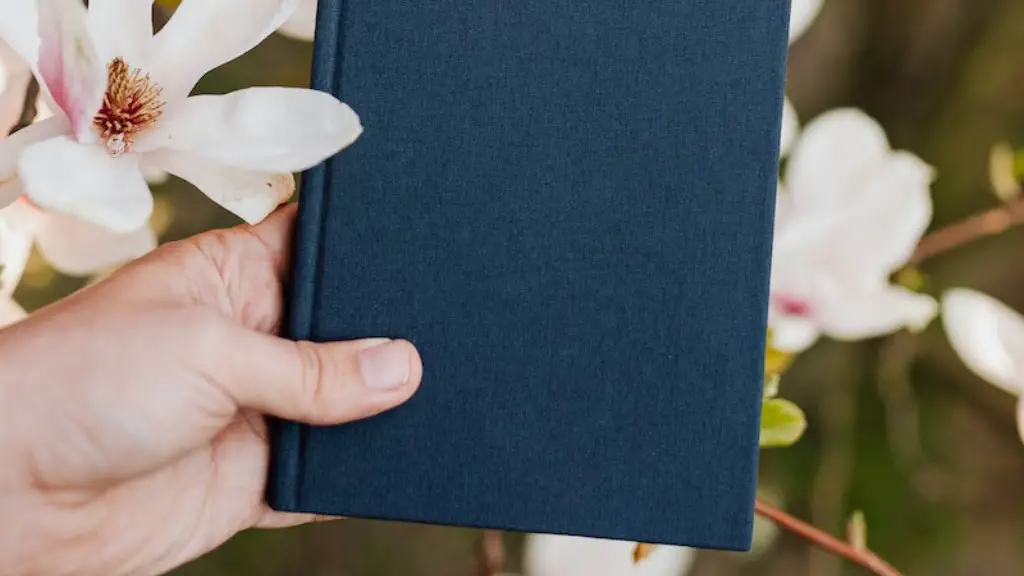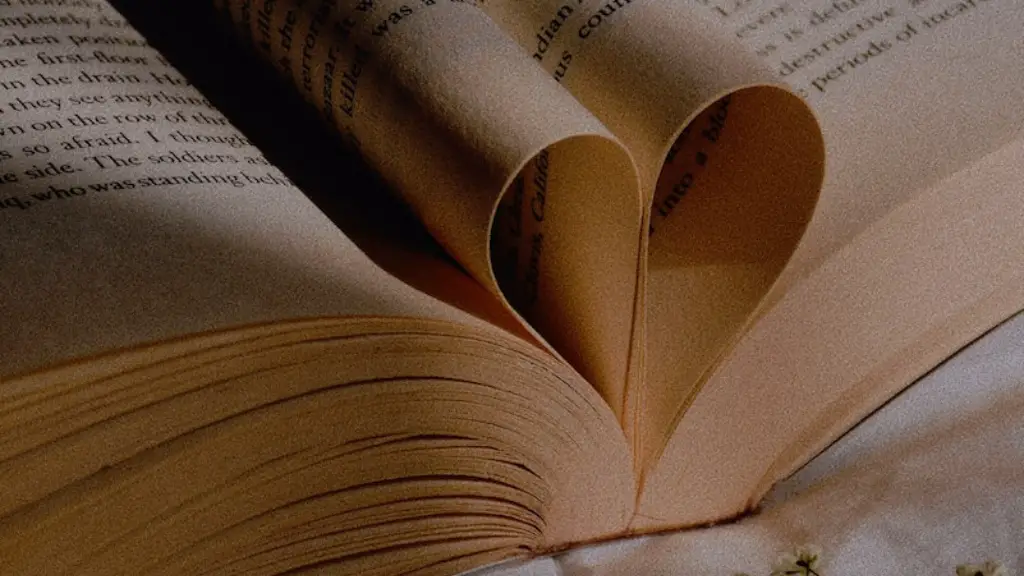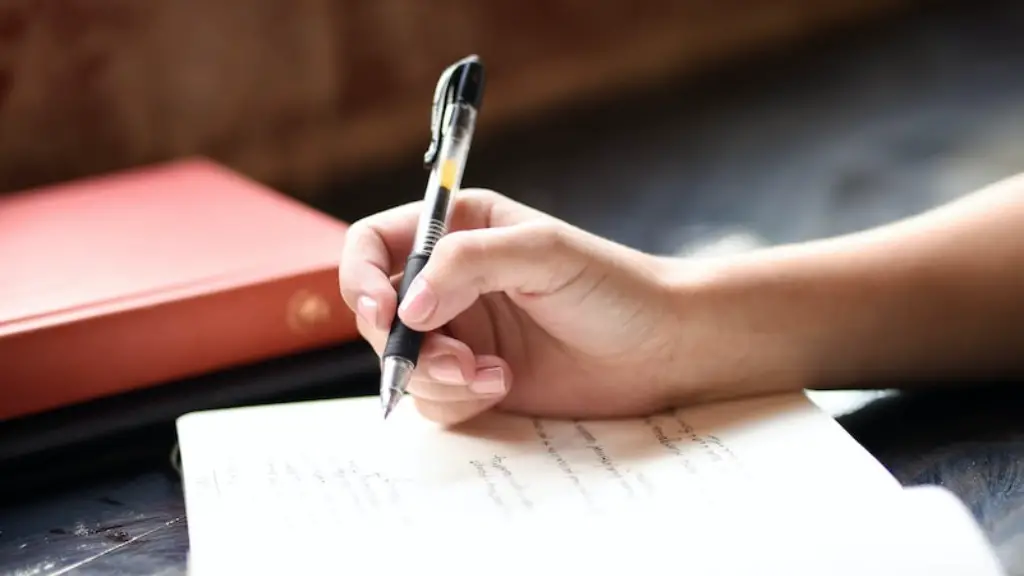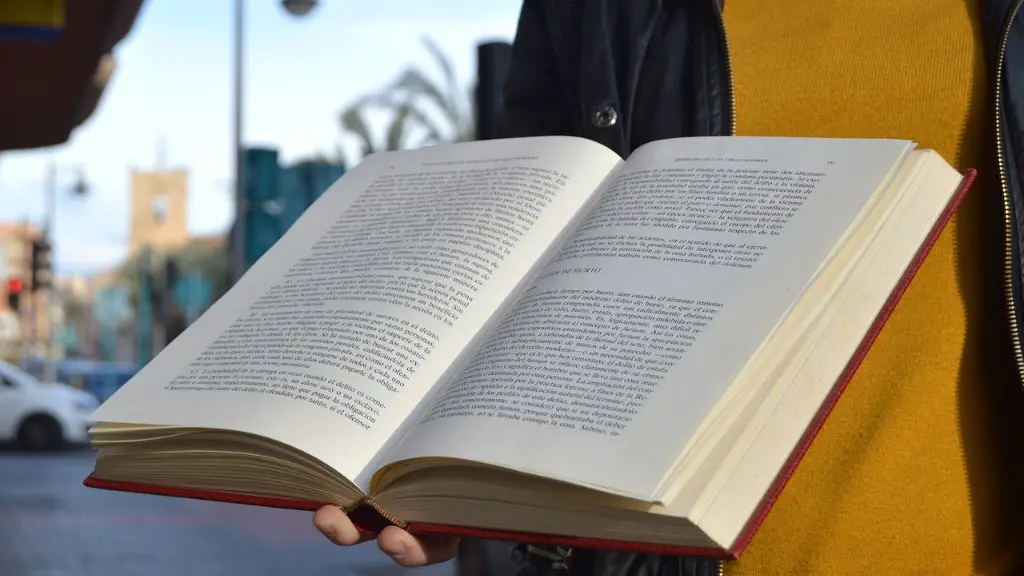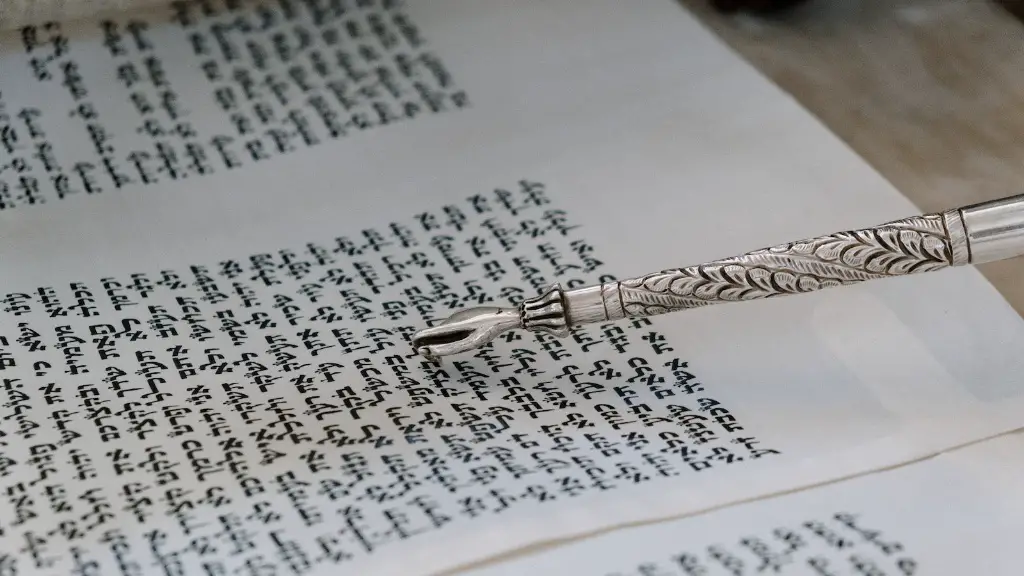What is Irony in Poetry with Examples?
Irony in poetry is when a writer states the opposite of what they mean, making use of language that is suggestive of a different interpretation than the literal one. Irony has long been a favoured literary device; it allows readers to understand the intentions of the writer in a much more nuanced way, prompting deeper thought and encouraging stronger engagement with the text. It can also be used to great comedic effect, providing a wryly amusing backdrop to a poem.
Historically, irony has been used in many great works of literature throughout the ages, including ancient Greek tragedies such as Oedipus Rex by Sophocles and much of the works of William Shakespeare. Irony can be both verbal – using words that appear to be contradictory yet are intended to undermine the literal meaning – and situational, where situations or circumstances create an unexpected outcome.
One of the most well-known examples of irony in poetry is the classic, ‘The Road Not Taken’ by Robert Frost. In this poem, the narrator, after coming to a fork in the road, chooses to take the path that is least travelled, creating the sense that this is an action that is principled, brave and, ultimately, wise. What the reader discovers is that the selection of the path was a random rather than a thoughtful one, and the poem is actually an ironic portrayal of the narrator’s poor judgement.
Other examples of irony in poetry include Thomas Hardy’s ‘The Man He Killed’, in which Colonel Vetch and the man he has killed were once comrades. In this poem, there is a contrast between the narrator’s remorseful sentiment towards his fallen enemy and the situation where he takes the life of someone who he was once friendly with.
Finally, one of the most celebrated examples of irony in poetry can be found in John Donne’s ‘The Flea’. In this poem, the narrator slyly attempts to persuade his lover to accept his advances, by comparing their romantic entanglement to the small insect on her sleeve. Here, the irony lies in the discrepancy between the gravitas of the situation for the lovers, which is downplayed by the popularity of the flea.
Irony in Poetry and the Impact on Emotional Triggers
Irony has a powerful capacity for creating an emotional connection between the reader and the poet. When used effectively, it can encourage a reader to empathize with a narrator, as well as creating suspenseful tension within a poem. Additionally, irony can be used to create a humorous atmosphere, allowing writers to explore serious subjects in a more accessible manner.
For example, in Dickinson’s ‘Success is counted sweetest’, the narrator expresses his feelings towards success in a triumphant manner, yet criticism of the concept of success is subtly implied. Here, the irony serves to provide the poem a wry undercurrent, highlighting the narrator’s feelings of ambivalence towards ‘success’, as well as providing a more engaging experience for readers.
Additionally, irony in poetry can be used to create a powerful contrast between the expectations of the narrator and the outcome of events. Generally, poets use irony to draw attention to important points, calling into question societal norms and offering insight into the issue at hand.
One of the more effective uses of irony in poetry is found in the classical Greek tragedies. Tragedy is typically defined by a lack of hope or regard for anything outside of the most dire of circumstances, yet a crucial element of many Greek dramatic works was irony, which was often used to illustrate a point or to provide a moment of light relief in times of darkness. For example, in the play Oedipus Rex, irony is used to highlight the difference between the appearance and reality of the situation, as well as to provide a counter to the overwhelming anxiety of the events unfolding.
Irony in Poetry – The Value for Writers
Not only does irony in poetry provide readers with a richer experience of the text, but it can also be of great value for writers, enabling them to explore their thoughts and feelings in a more nuanced manner. Irony can also be used to disguise criticism, allowing writers to express their opinion in a subtle and humorous way, allowing them to remain free from the oppressive societal expectations that normally accompany straightforward polemics.
Both John Donne and Emily Dickinson are two celebrated poets who made prolific use of irony in their works. One of Dickinson’s most famous poems, ‘My life had stood – a loaded gun’ explores the notion of female oppression, prominently using irony to draw out a sense of pathos. Similarly, Donne’s works are full of clever allusions to evoke deeper meaning, conveying the feelings of the narrator in a less obvious and more effective manner.
Irony in poetry can provide the writer with a powerful tool for conveying emotion and for exploring a range of thoughts and ideas. Furthermore, it can provide greater emotional connection between writer and reader, helping readers to become more engaged with the text and to contemplate the themes explored in greater depth.
The Role of Symbolism in Poetry Involving Irony
The use of symbolism provides an effective way for poets to illustrate their views, making use of metaphors and other literary devices to draw out certain elements of their poetry. In poetry with irony, symbolism can provide a subtle yet effective way to add another layer of intrigue and meaning to the poem, creating a stronger emotional response in readers and prompting them to analyse the text further.
One example of symbolism being used in ironic poetry can be found in the famous poem ‘The Tyger’ by William Blake. Here, Blake compares the tiger to a divinely crafted instrument, pointing out the disparity between a beast of great stature and power and the benevolent power of an all-knowing creator. Here, the ironic use of symbolism allows the reader to explore a range of conflicting ideas and to draw out their own meaningful conclusions.
Symbols can also be used to highlight the contrast between expectation and reality in poems involving irony. For example, in Thomas Hardy’s ‘The Man He Killed’, the mock funeral at the end of the poem symbolizes the futility of war and the powerlessness of human understanding, thus providing an effective contrast to the opening line of the poem, in which the narrator remarks, “Had he and I but met/By some old ancient inn.”
Symbols can also be used to amplify the irony of the narrative, helping to call into question societal norms and offering insight into the poem’s hidden meaning. In Ted Hughes’ famous poem ‘Theology’, the narrator ponders life’s meaning and his own place in it, reframing various religious and spiritual meanings to create an implied irony. For example, the reference to a ‘Great Toad’ – a symbol of evil – in the second-to-last line is a subtle example of irony, subtly implying the difficulties associated with life and religion.
Irony in Poetry and the Message it Endorses
Irony in poetry can be an effective way for writers to convey a certain message or opinion. Generally, such messages are usually fairly subtle, allowing the reader to draw their own conclusions from the words of the poem. In this way, ironic poetry can be used to provide food for thought and to contribute to the universal understanding of certain social or political issues.
John Donne’s ‘A Valediction: Forbidding Mourning’ is a prime example of the use of irony in poetry for the purpose of conveying a strong view. Here, the narrator attempts to protect his loved one by saying goodbye, providing a dramatic irony to proceedings, as the readers are aware that the couple will be reunited. Through this, Donne is able to comment on the difficulty of leaving someone and the strength of human connection and emotion.
The use of irony can also be used to challenge existing beliefs, providing a humorous and lighthearted contrast to the more serious themes at hand. One of the most renowned examples of this can be found in Oedipus Rex, in which the protagonist attempts to uncover the truth of his father’s death and unwittingly causes his own tragedy in the process. Here, Sophocles is able to illustrate the consequences of pride and overconfidence and the irony of life’s uncertainties.
Finally, the use of irony in poetry can also be used to offer a new perspective on life, providing a deeper insight into our own emotions, thoughts and hopes. For example, Emily Dickinson’s ‘I measure every grief I meet’ uses irony to express a deep understanding of the futility of human suffering, a message that many can relate to on a deeply personal level.
Conclusion
Irony in poetry can serve multiple purposes and provide a range of insights into the poet’s thought process, their emotions and their view of the world. Its use has been a feature in literature for centuries, providing an effective way for writers to convey their message in an indirect way. By combining irony with symbolism, poets are able to explore themes more deeply, creating a strong connection between the writer and reader, helping to engage and educate readers in more meaningful ways.
